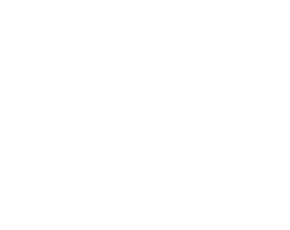 |
 |
 |
|
|
 |
SIMON HEIJDENS
-INSPIRED BY CHANGE
Simon Heijdens (°1978, Breda, NL) (Figure 1) got an education in experimental film-making in Berlin (GE) but turned to product design when studying at the Eindhoven Academy (NL), from which he graduated in 2002. One of his graduation projects “Moving Wallpaper” was selected by the Dutch design group droog® for its collection and this led to a series of international exhibitions (1).
|

|
Posted 8 January 2014
|
Share this:
|
|
|
|
|
|
|
|

|

|

|
He explores the characteristics of glass in “Shade” (Figure 4) in which he applies a responsive skin to the windows of a building that filters daylight into a moving projection of shadows, that translates the ever-changing natural timeline of the outdoor to the static and perpetual indoor space. Shade is a new material that applies as a glass window surface. Through variably blocking or passing light, it forms sunlight into a spacial, graphic projected moving image of shadows. It's surface holds a grid of triangular cells that are each individually able to change their level of opacity, and hence block or pass light. The graphic shadows projected on the floor, walls and ceiling of the space - varying from sharp and graphic, to environing and spacial depending on the time of day - reveal the geometrical patterns of wind that pass the building on the other side of the glass, as choreographed by the measurements of an outdoor sensor.
In “Phare No. 1-9” (Figure 5), he uses for the first time glass as an autonomous material to express the concept that nature is becoming rare in daily life. In the way the urbanising world is generally built and planned, our everyday surroundings are increasingly perpetual and static through conditioned climates and 24 hour lighting. When unpredictable natural elements such as a lifting breeze, a sudden shower, or a setting sun are planned out of our surroundings, the timeline of our everyday is lost.
The project consists of nine hand-blown glass vessels that use the dimensional characteristics of water and the way it holds and refracts light, to create a new way of dimensionally drawing in mid-water. Looking at the narrative character of the surface of water and how through its softness it reveals the patterns of wind that is passing over it, the drawn patterns based on live measured wind, ripple between the group of Phares to create a story that exists both in detail within each Phare, as well as in the space as a whole, as the round volume of water forms a lens through which the drawings are projected into the surrounding space. The project was commissioned by Perrier Jouet for Design Miami 2013
References
-
http://www.simonheijdens.com/
-
http://designmuseum.org/design/simon-heijdens
|
|

|
|
|
|
|
|
|
|
|
|